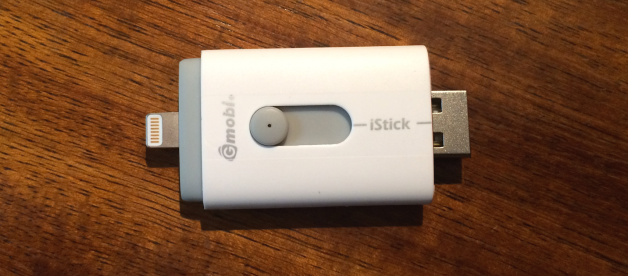I’m daily investigating teaching tools in the hope of finding one that gives me the dopamine hit I get from discovering a really great one. Every once in a while, something comes onto my radar that immediately stimulates my brain’s reward and pleasure centres. That’s what eduCanon did.
Like most great ideas, eduCanon is based around a really simple concept; it really only does one thing – but it does that one thing very well. It allows you to embed questions into any screencast (or any video for that matter) hosted on YouTube, Vimeo or TeacherTube, and it tracks your student’s responses to them.
As students watch the video (from within eduCanon), and the playhead reaches the time marker at which you’ve inserted a question, the video automatically pauses, and the question slides in from the left. Once the student has read and answered the question, she clicks “Submit”. Then your explanation appears, either explaining why the response they chose was incorrect, or confirming that it was correct. On clicking the “Continue” button, the video automatically resumes playing until the next question is reached. It’s really quite a fantastic thing to add to your video lessons, helping students to stay focussed and leaning forward while watching.
Because eduCanon uses HTML5, rather than Flash, playback works great on an iPad, too.

The first time students watch a video, they are unable to skip through the video; they have to watch the whole thing from start to finish and attempt every question. Once they have watched it once, however, they are then able to come back at a later date and skip around the video reviewing specific parts. This is useful if (say) they understand the introductory concepts in a video, but want to review more sophisticated concepts toward the end.
The process of building questions into your video is utterly friction-free (that’s one of the things that impressed me most about it). You paste in the URL of the video, then watch it play. When it gets to a point at which you want to ask a question, you simply click the “Build Question” button. Then you type in the question, two or more (multiple choice) answers, click the radio button beside the correct answer, type in an explanation for each of the multiple responses, and click the “Save Question” button. Simple!

You have the option of publishing your videos as “public” which means you can share them with anyone to use for personal learning/revision. If you would like to see it in action, have a look at this sample which I have published as a public video. The answers people choose in a public video are not collected by eduCanon.
The real magic happens though, when students link to you (using your teacher code). You can assign a video to the class, and then eduCanon collects data for you on your class’ completion of the task and their responses to your questions.
One of the most commonly asked questions I receive about flipped and blended learning is “How can you know if your students have watched the video?”. Well, this is one way to know!
I think it’s remarkable that all of those features are 100% free! (and that includes add-free). An optional “premium” subscription ($48/year) gives you additional features, such as the ability to export your class data as a .csv file so you can import it into your own class record-keeping software or Excel spreadsheet. A premium subscription also gives you the ability to create free response questions (whereas the free version only allows multiple choice questions).
Verdict: This is the most exciting new web 2.0 platform I’ve found this year so far. I’d recommend it for anyone who makes screencasts or educational videos for their class. The small investment of time required to type in the questions should see a big payoff in student engagement.




 On the heels of my
On the heels of my 








You must be logged in to post a comment.